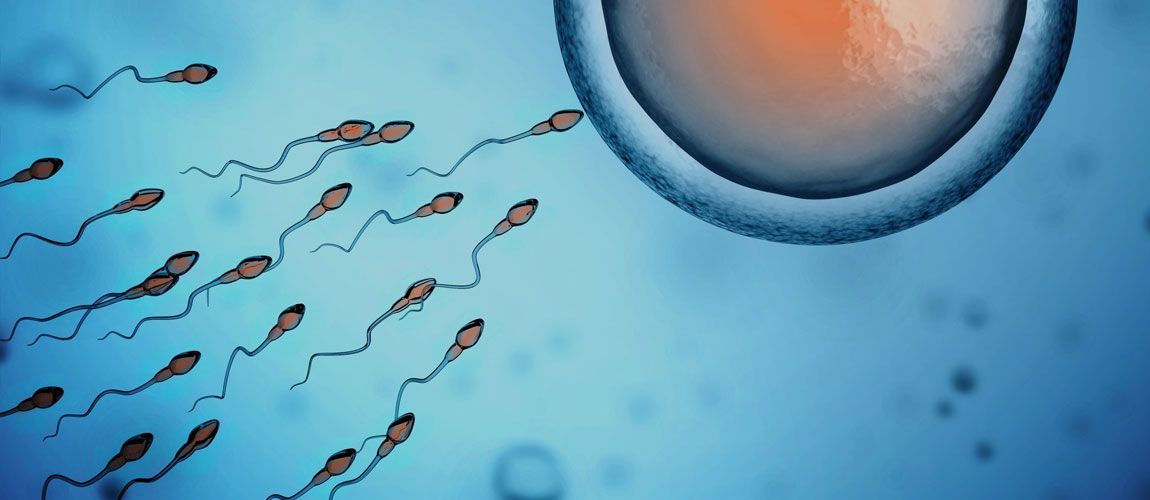

Genetics
Preimplantation genetic diagnosis (pgd)
When is this applied?
PGD is essentially applied in two cases:
When genetic abnormalities in the embryo are suspected
An embryo with genetic abnormalities will lead to implantation failure (no pregnancy), repeated miscarriages and/or babies with mental of physical birth defects due to chromosomal abnormalities (Downs syndrome, Edward's syndrome, etc.).
The reasons for suspecting that the embryo has a genetic abnormality are:
- Altered karyotype: one partner presents some type of chromosomal restructuring (inversion, reciprocal translocation, Robertsonian translocation, etc.) which causes the formation of eggs and sperm that either lack or have too much genetic material. This would lead to many of the embryos formed having abnormalities.
- Altered Meiosis: Meiosis is the process by which sex cells reduce the number of chromosomes from 46 to 23 so that after joining the partner's sex cell which also has 23 chromosomes, they go on to produce an individual with 46 chromosomes. If the chromosome reduction mechanism fails, the resulting embryo will present aneuploidy (abnormal number of chromosomes).
- Implantation failure after several cycles of IVF: The most common cause of implantation failure after several cycles of IVF in which there has been transfer of good quality embryos may in fact be abnormal events in meiosis.
- Repeated miscarriages: in these cases, during the assessment of the couple, it is common to find that one of them has karyotype abnormalities or abnormal meiosis. This leads to embryos that are capable of implantation but at some point in their development activity ceases, resulting in a miscarriage.
- Advanced maternal age: the older the mother, the less efficient the mechanism by which chromosome reduction occurs during meiosis and the number of embryos having chromosomal abnormalities increases with age.
- Severe male factor: in 70% of cases where there is a severe male factor, spermatozoa with chromosome abnormalities are also produced.
- Monogenic disease: this involves couples who are carriers of a disease that could be passed on to the offspring.
For histocompatible embryo selection
This selection has recently been authorised by law. This is the case of families who have a child with a particular disease that requires a tissue transplant. In these cases, the family may request to seek a new pregnancy in order to have a child whose tissue will be compatible with the sibling's tissue so that it can act as a donor. This would apply, for example, to a family with a child with leukaemia. The idea would be for the couple to become pregnant again by undergoing IVF treatment with PGD in order to have a child with the same histocompatibility characteristics as the sibling with leukaemia, so that child might act as a bone marrow donor.
How is it done?
The couple have to go through a normal IVF cycle. The only difference is that instead of making the transfer on day +3 as usual, the transfer will be delayed by one or two days until the embryo study results are available.
Genetic counselling
Genetic counselling involves studying the risk of transmission of inherited diseases to offspring. It is conducted through clinical evaluation and specialised biochemical, cytogenetic and molecular tests, etc.
What are the objectives of genetic counselling?
- To provide information about the diagnosis, prognosis and treatment of a genetic abnormality.
- To understand the mechanism and likelihood of transmission.
- To propose reproductive options to prevent transmission.
- To assist adaptation to the problem and to the risk of transmission.
- To aid the individual choice of acceptable options in terms of risk, objectives and values.



















